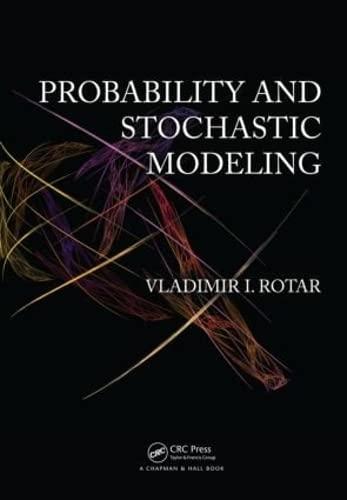Let Y be a standard normal r.v., and for a set B in the real line, let
Question:
Let Y be a standard normal r.v., and for a set B in the real line, let Φ(B) = P(Y ∈ B). From Theorem 1, we know that P(S∗n ∈ B) → Φ(B) as n → ∞ if B is an interval. Is the same true for any B? (Advice: Consider Xj = ±1 with equal probabilities, and realize that in this case S∗n = 1 √n Sn. Let B be the set of all numbers that may be presented as k/√n, where k = 0,±1,±2, ... and n = 1,2, ... . What are P(S∗n ∈ B) and Φ(B) in this case?)
Fantastic news! We've Found the answer you've been seeking!
Step by Step Answer:
Related Book For 

Question Posted:





